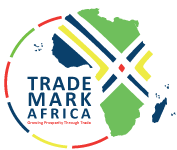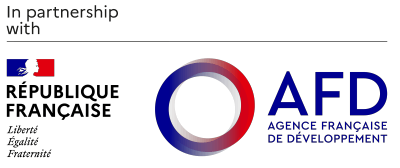The symbols of South Sudan’s key challenges boom overhead every 15 minutes, briefly denying Juba residents the chance of sensible conversation, making paperwork on desks flutter and shake and dust rise on the streets. They are aircraft, commercial flights carrying businessmen and aid workers, and United Nations transport craft ferrying food and people to staunch the needs of more than a million made homeless and thousands killed since renewed internal conflict erupted in December 2013. Residents of Juba have become used to the noise but recognise that the aerial traffic encapsulates the dilemma facing the world’s newest nation as it tries to develop and tap its undoubted potential. “Peace. For South Sudan to really begin to grow, we need peace more than anything else,” says Caesar Riko, the policy and advocacy advisor of South Sudan Chamber of Commerce. “We can grow, even in conflict, but not the way we could if there was peace.” The world’s newest nation was born in July 2011 in jubilation after almost 30 years of war with the Khartoum government in the North but descended into internal conflict in December 2011 when President Salva Kiir accused his deputy, Riek Machar, of plotting to overthrow him. That simmering conflict shut down South Sudan’s key oil fields in the North of the country and has highlighted in cruel focus the need for the country to diversify away from 98% dependence on petroleum for the revenue with which to develop a country of around 12 million people. The...
South Sudan readies economy for Growth AMID Conflict
Posted on: May 8, 2015
Posted on: May 8, 2015
























